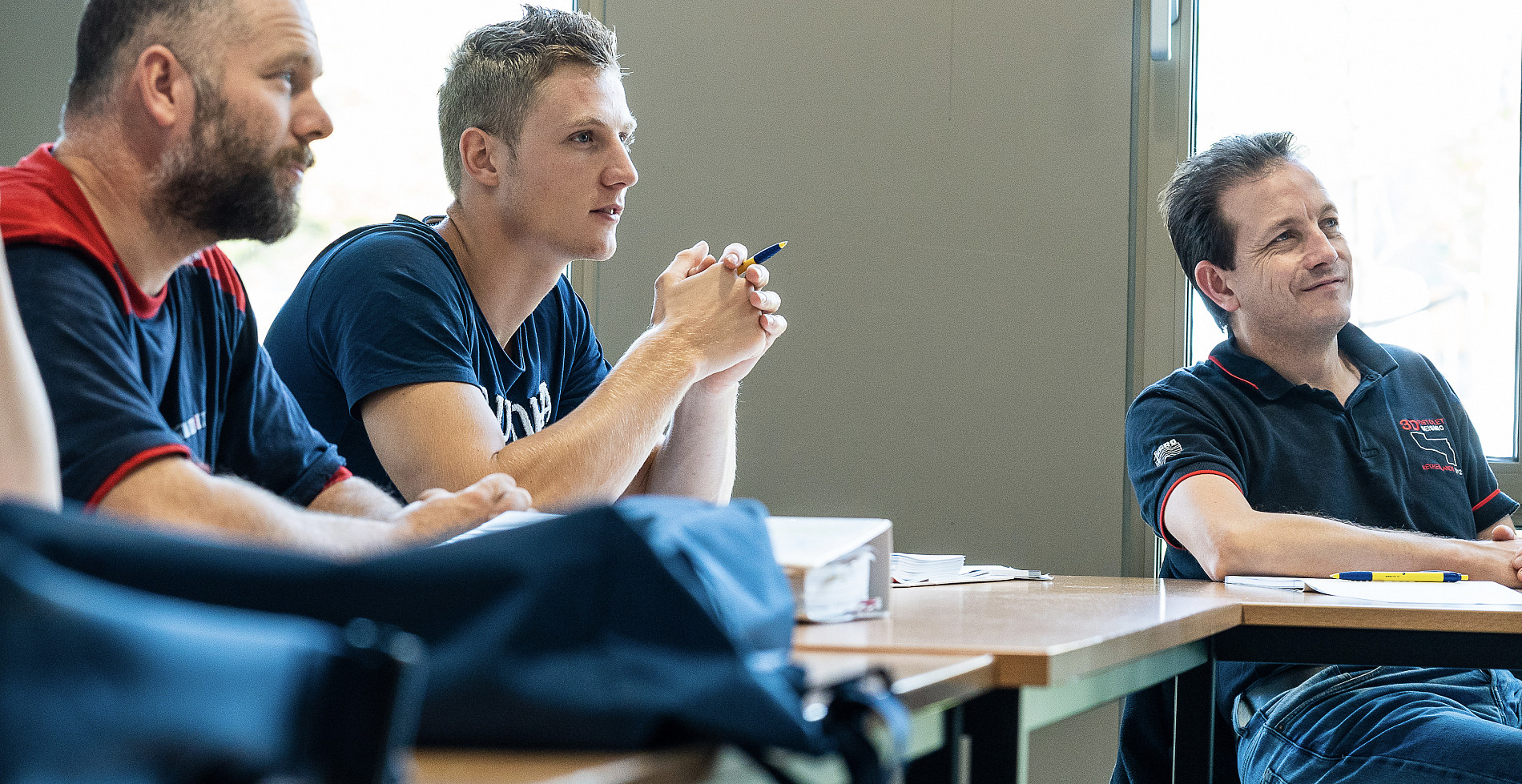EKH Training Programme - Above the Hook

The training programme for EKH Inspector of Cranes, as given by VTC, is likewise a training programme that has been devised by EKH. The training programme was supplemented by an “inspection of the electric safety” module in compliance with NEN 3140.
Aim of the training programme
- the EKH inspector is required to report the findings clearly and in writing on the basis of the EKH inspection report;
- the EKH inspector is required to be independent and to report the inspection of cranes and lifting gear autonomously.
- Training requirements
The Inspector is required to have MBO qualifications (or similar) and 2 years of experience.
An extensive basic knowledge of mechanical (load bearing) constructions and power trains
An extensive basic knowledge with respect to electric and electronic drives and circuits
Subjects
- Objectives of EKH
- Statutory regulations
- User inspections
- Certification, EKH certification system, EKH inspection sticker and CE marking
- Safety for crane inspectors
- Appraisal of risk categories
- Communication with the client
- Overview of standards
- EKH inspection report and sticker protocol
Duration of training programme
The training programme consists of:
- 4 theory sessions;
- 2 practice sessions;
- 2 sessions of NEN 3140 theory and practice
- 1 communicative skills session
- 1 exam preparation session (theory and practice).
The training programme consists of a theory and a practice component. The practice component deals with various types and brands of lifting gear.
Training programme for Inspector Above the Hook
The EKH inspector assesses (the safety of) cranes as they are generally used on the factory floor. These are sometimes referred to as indoor cranes, but this does not mean they are used exclusively indoors. Familiar examples include fixed/mounted cranes or those which move along tracks, such as beam trolleys (ceiling-mounted or suspended), gantry cranes (column or wall-mounted), slewing cranes, suspension systems (monorail systems), and all hoists connected to the aforementioned cranes or otherwise fixed.
Exam duration
The exam consists of two parts: theory and practice. To pass you must attain at least 6/10. This applies to both parts of the exam. Defective features, which have been added to a specially prepared crane, must be identified. In addition, an inspection must be carried out on a number of components for electrical safety (NEN3140).
If the candidate is successful, he or she will receive a personal certificate from DNV-GL.